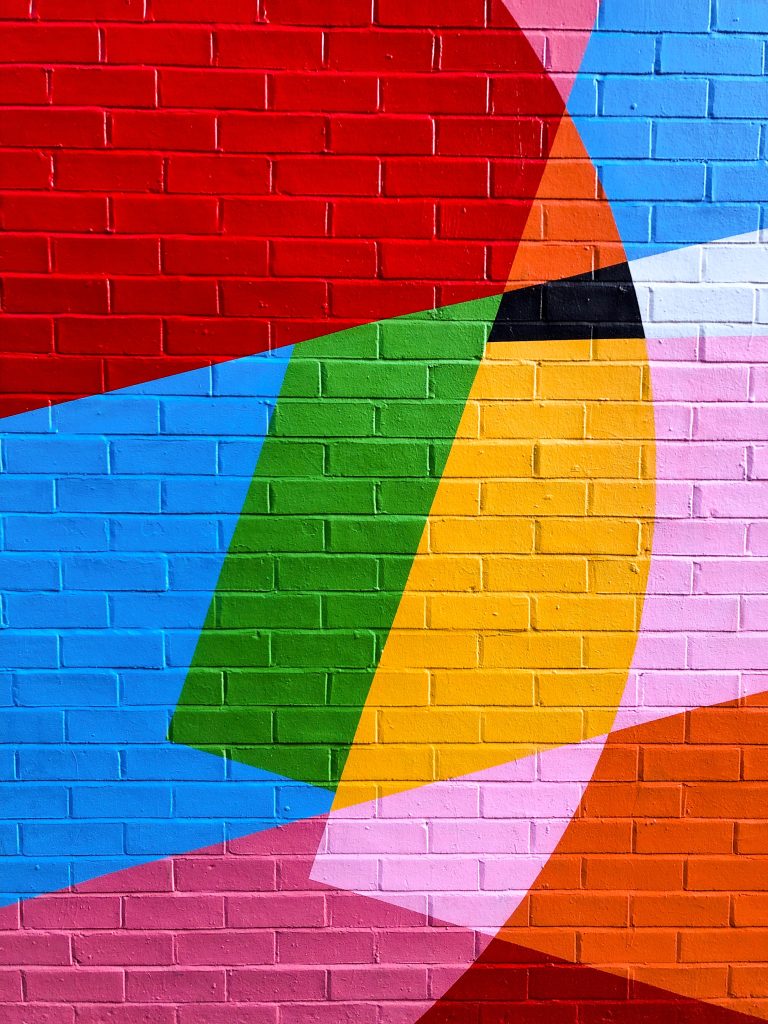Latest Web Design Trends to Transform Your Site
Web design is an ever-evolving art form, constantly shifting with the times and technology. In today’s digital age, it’s important to keep aware of the latest trends in order to create experiences that captivate users. In this article, we will discuss some of the most popular current web design trends – from minimalist layouts to natural colors – that are transforming the way people interact with websites.
Responsive Design
This first point should go without saying, but I still find a few businesses who aren’t aware of just how important a responsive design is. For the majority of websites, the bulk of their traffic comes from mobile platforms.

If your website isn’t responsive you are actively driving away users and potential sales.
Not only does responsive design provide an improved user experience, but it also helps with SEO rankings. Google rewards sites that are optimized for mobile devices by promoting them higher in their search engine results pages (SERPs). Additionally, studies have shown that if users can’t easily navigate and use a website on their mobile device they’ll leave quickly, leading to increased bounce rates which negatively affects SEO rankings.
Minimalist Layouts
Web design is an essential part of any successful website, and one of the most important aspects of web design is creating a minimalist design. Minimalist layouts help reduce distraction and overwhelming content, which helps to keep people on the page longer and increases user engagement.

Using minimalism in web design can be beneficial for both the user experience, as well as for SEO (Search Engine Optimization).
The use of minimalism in web design means that fewer elements are used than you would find with non-minimalistic designs. This makes it easier for users to find what they are looking for quickly, while also providing them with a more aesthetically pleasing visual experience. Furthermore, minimalist layouts typically require fewer resources to load than traditional designs, making them faster to load and less likely to cause technical problems.
Natural Colors and Textures
When I first started my career in website design, I remember doing a lot of designs that were fairly grungy. Sites back then often featured heavily textured and gritty background images. Edges or elements were often torn and faded visually. 
While those trends looked great at the time, they really don’t server a place in modern site designs anymore. Today we’re more focus on natural colors and textures.
Natural colors and textures are an important part of web design. They can add depth, cohesiveness and visual interest to a website. Natural color palettes often include neutral tones such as whites, beiges, grays and browns that mimic the natural environment. Textures also play an important role in adding dimension to a page; they can be used to create contrast or emphasize certain parts of a design. Popular textures used in web design today include woodgrain, stone, concrete and metal.
Organic shapes are also frequently featured on websites due to their ability to appear more approachable than geometric forms. While circles and squares may be too rigid for modern sites, organic shapes give designs an inviting feel that helps draw users into the site’s content.
Video
You’ve heard the saying that a picture is worth a 1,000 words. If that’s true (and I agree it is), then what is a video worth? 1,000,000 words? More? Videos provide a great opportunity to tell the story of your business and your brand. A quality brand video provides a great chance to showcase the personality of yourself and your business. As we near 2023, if your website doesn’t have a video, your site is soon to be considered outdated.
 Video is becoming an increasingly important element in web design. As online users become more accustomed to interactive and multimedia content, websites are turning to video as a way of engaging their visitors. This can take many forms, from short introductory videos that introduce the website, its products or services, through to longer videos that viewers can watch on demand.
Video is becoming an increasingly important element in web design. As online users become more accustomed to interactive and multimedia content, websites are turning to video as a way of engaging their visitors. This can take many forms, from short introductory videos that introduce the website, its products or services, through to longer videos that viewers can watch on demand.
When used effectively, video on a website can be an effective tool for communicating with customers and providing them with information about your company or product. It’s also possible to use video for marketing purposes such as introducing new products or creating tutorials. By making videos available directly from the website it gives customers options when they need information; they don’t have to wait for email responses or visit multiple pages on the site.
In conclusion,web design trends are constantly changing, and it can be hard to keep up. However, understanding the latest trends is essential for all businesses to remain competitive in the digital age. Site owners should continually assess their current designs to ensure they are up-to-date with modern web design principles. By using the latest technologies, such as mobile responsiveness, minimalist layouts, natural colors, and video, businesses can attract more customers, increase conversions, and improve user experience.
